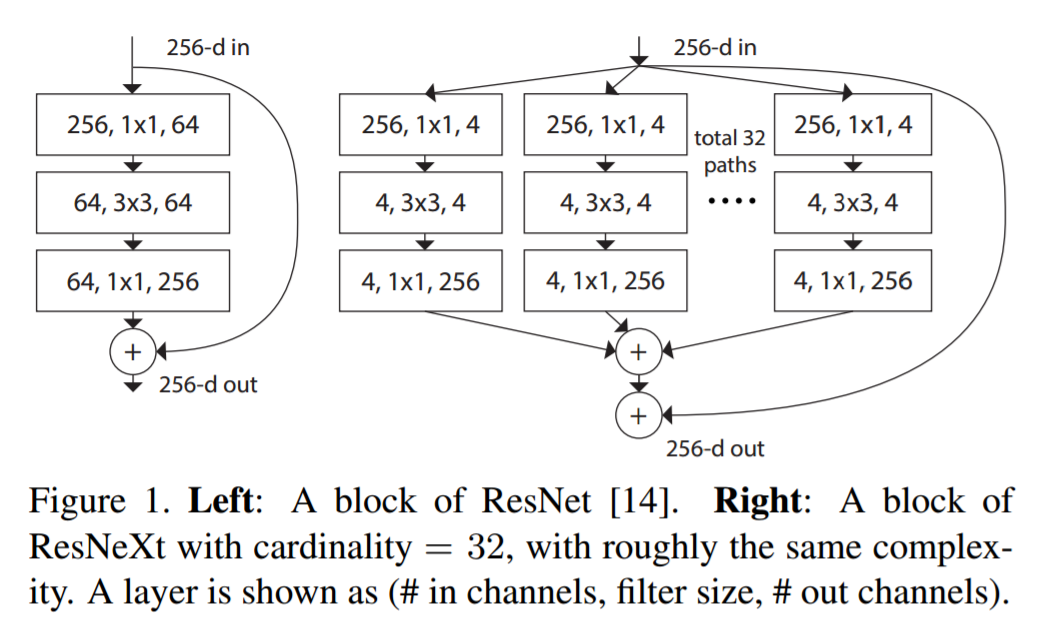https://github.com/titu1994/Keras-ResNeXt
Implementation of ResNeXt models from the paper Aggregated Residual Transformations for Deep Neural Networks in Keras 2.0+.
https://github.com/titu1994/Keras-ResNeXt
Last synced: 8 months ago
JSON representation
Implementation of ResNeXt models from the paper Aggregated Residual Transformations for Deep Neural Networks in Keras 2.0+.
- Host: GitHub
- URL: https://github.com/titu1994/Keras-ResNeXt
- Owner: titu1994
- License: mit
- Created: 2017-06-09T16:25:11.000Z (over 8 years ago)
- Default Branch: master
- Last Pushed: 2021-04-17T10:05:32.000Z (over 4 years ago)
- Last Synced: 2025-03-24T08:05:38.300Z (8 months ago)
- Language: Python
- Homepage:
- Size: 630 KB
- Stars: 224
- Watchers: 8
- Forks: 79
- Open Issues: 8
-
Metadata Files:
- Readme: README.md
- License: LICENSE
Awesome Lists containing this project
- awesome-image-classification - unofficial-keras : https://github.com/titu1994/Keras-ResNeXt
- awesome-image-classification - unofficial-keras : https://github.com/titu1994/Keras-ResNeXt
README
# Keras ResNeXt
Implementation of ResNeXt models from the paper [Aggregated Residual Transformations for Deep Neural Networks](https://arxiv.org/pdf/1611.05431.pdf) in Keras 2.0+.
Contains code for building the general ResNeXt model (optimized for datasets similar to CIFAR) and ResNeXtImageNet (optimized for the ImageNet dataset).
# Salient Features
ResNeXt updates the ResNet block with a new expanded block architecture, which depends on the `cardinality` parameter. It can be further visualised in the below diagram from the paper.

---
However, since grouped convolutions are not directly available in Keras, an equivalent variant is used in this repository (see block 2)

# Usage
For the general ResNeXt model (for all datasets other than ImageNet),
```
from resnext import ResNext
model = ResNext(image_shape, depth, cardinality, width, weight_decay)
```
For the ResNeXt model which has been optimized for ImageNet,
```
from resnext import ResNextImageNet
image_shape = (112, 112, 3) if K.image_data_format() == 'channels_last' else (3, 112, 112)
model = ResNextImageNet(image_shape)
```
Note, there are other parameters such as depth, cardinality, width and weight_decay just as in the general model, however the defaults are set according to the paper.